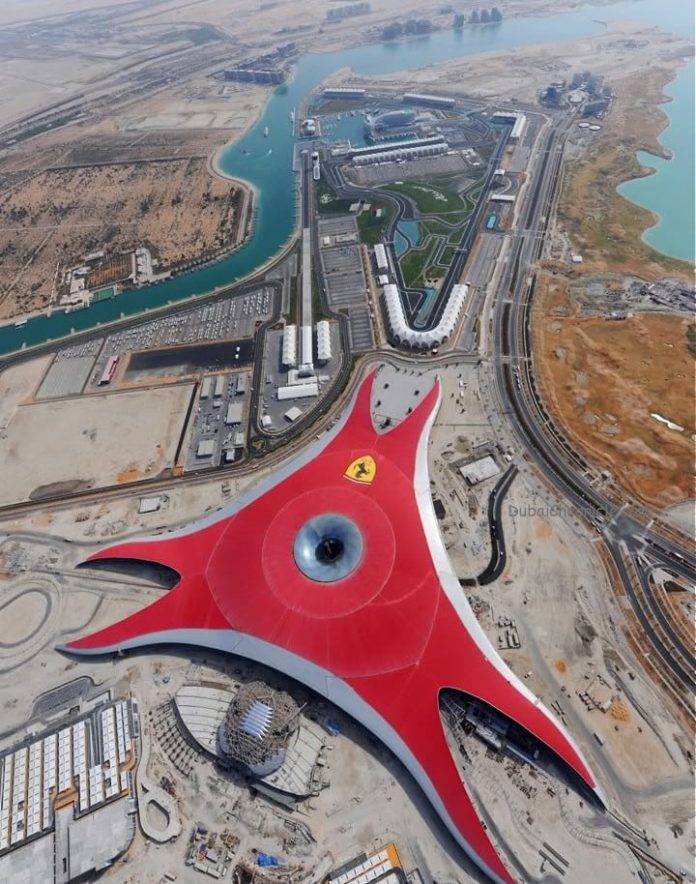
Gradual fiscal consolidation is bringing the Abu Dhabi central government fiscal oil break-even price lower, after the spike due to exceptional support to Dubai, banks and government-related entities (GREs). This should then allow capital spending to gradually increase while lowering the current elevated central government fiscal break-even oil price of cUS$100/bbl. The new debt management policy institutionalizes an oversight framework and does not represent a shift in the sovereign support to strategic GRES. This is especially so after the announced large capital projects that underscore the emirate’s commitment to its diversification drive.
Strategic diversification drive continues
Over the last decade, the Government of Abu Dhabi has taken on an active diversification and liberalisation strategy to reduce the UAE’s reliance on the hydrocarbon sector as its single major revenue source. The strategy focuses on three core principles: 1) an economy-wide effort to raise productivity, including through privatisation and public/private partnerships; 2) development of a high-end tourism market; and, 3) diversification within the oil and gas sector with a focus on downstream activities, and into other manufacturing and industrial activities. A significant element of Abu Dhabi’s long-term economic strategy involves expansion of the Emirate’s industrial base, including building basic, export-oriented large-scale industries closely linked to Abu Dhabi’s oil and gas resources and of strategic importance to Abu Dhabi, including hydrocarbon-based chemicals and basic metal industries, such as aluminium and steel.
Growth rebounds to healthy pace
The rebound since the global financial crisis has contained real GDP growth to a 4% range (2012 growth: 5.6%, led by manufacturing and transportation). The oil sector still accounts for c52% of real GDP, and that while there is room for future expansions (current oil production is 2.6mn bpd vs capacity of 2.8-3.0mn bpd according to current ADNOC plans, with Asia accounting for 94% of crude oil exports), it is expected the non-oil sector to lead growth going forward (particularly tourism, transport and communications and manufacturing).
Public sector to drive emirate’s macro
While the lack of recent budgetary data on Abu Dhabi prevents an accurate assessment of the underlying fiscal stance, note that after a review of the project pipeline, the Abu Dhabi Executive Council approved a number of large development projects in January 2012 and 2013. The latter announced AED330bn would be injected in capital projects over 2013-17, including through building projects, housing loans for nationals, as well as continued focus on transport, infrastructure and diversification ventures. At -21.8% of GDP, the fiscal balance registered its worst reading ever in 2009 and has now returned to a moderate surplus of c3% of GDP. We expect on-budget capital spending to remain in check this year as project execution will largely be carried by the broader public sector.
New debt policy clarifies framework
The disclosure of a new debt management policy in late 2012 serves primarily to institutionalize an oversight framework for GRE borrowing, and does not represent a shift in the sovereign support to strategic GREs, in our view. Given the emirate’s strategic economic diversification drive and renewed industrialization efforts into higher value-added sectors, Bank of America expects strong backstop shareholder support for strategic GREs intertwined with Abu Dhabi’s 2030 economic vision and would remain comfortable reaching out for yield in the Abu Dhabi quasi sovereign space. With the launch of the emirate’s diversification drive, it has been estimated that over 2002-2012, sovereign capital contributions to TDIC, Mubadala, IPIC totalled a staggering AED180bn (US$49.3bn), and include monetary grants, equity contributions, land and assets (excluding additional government loans).





































